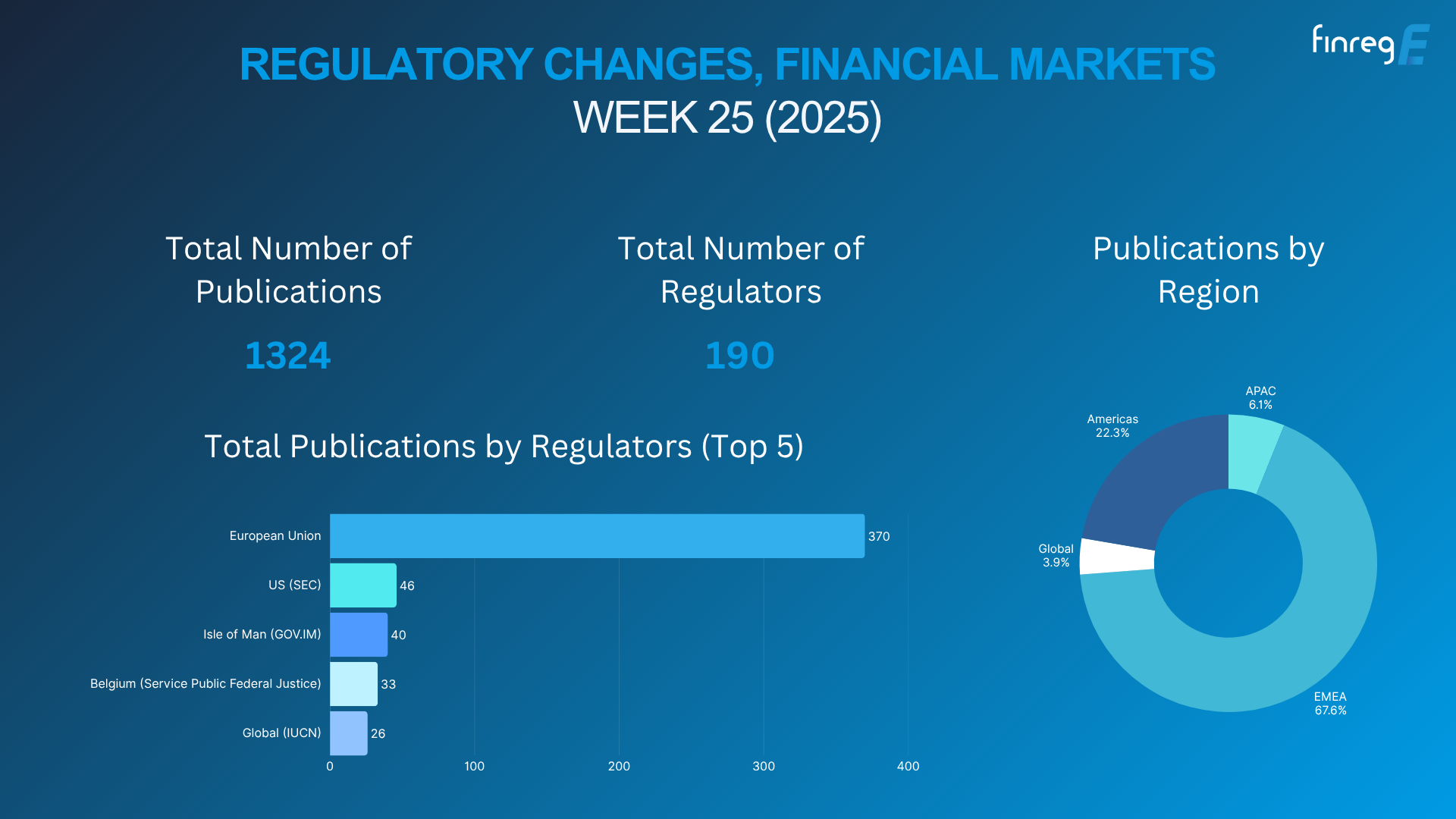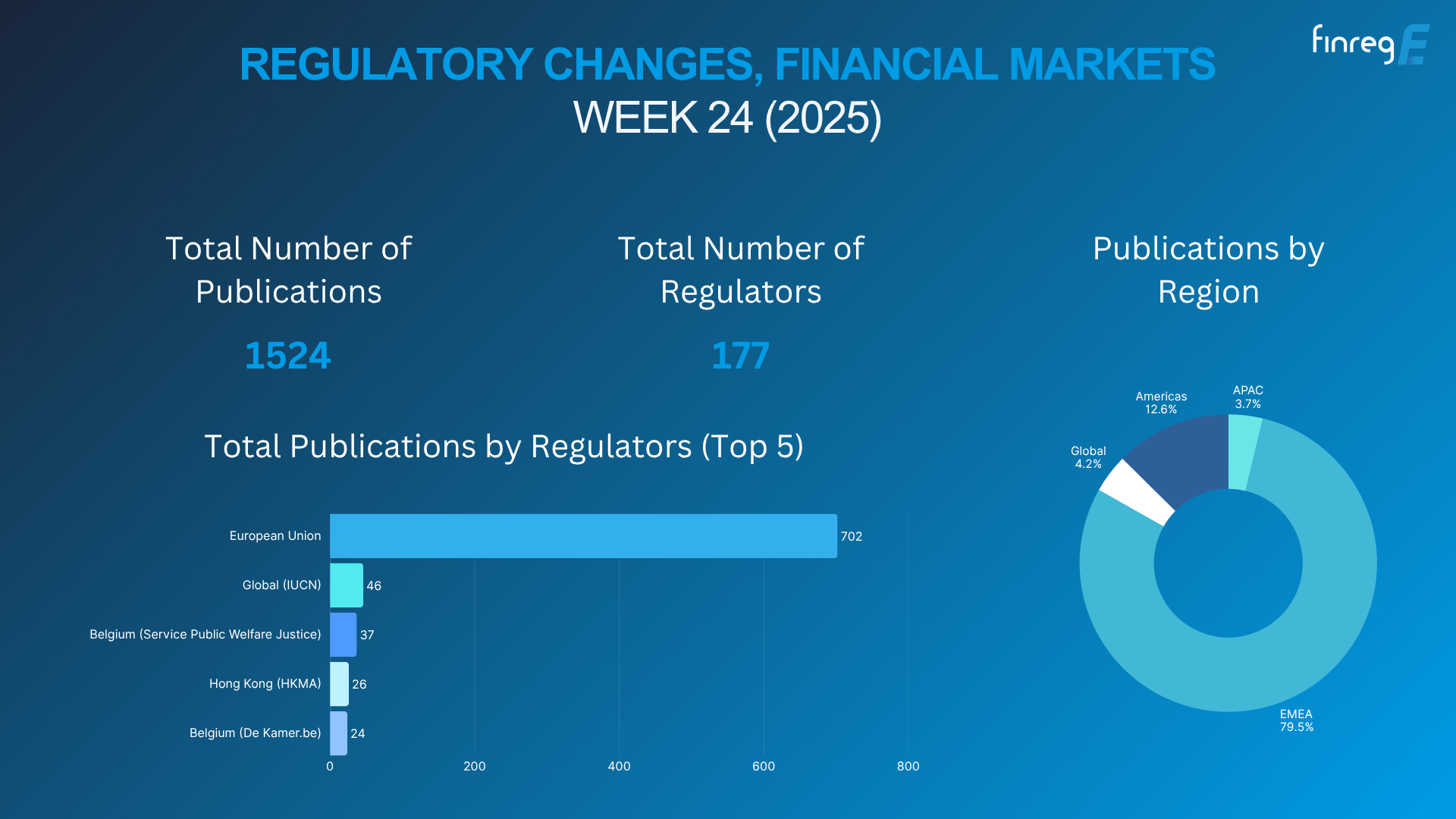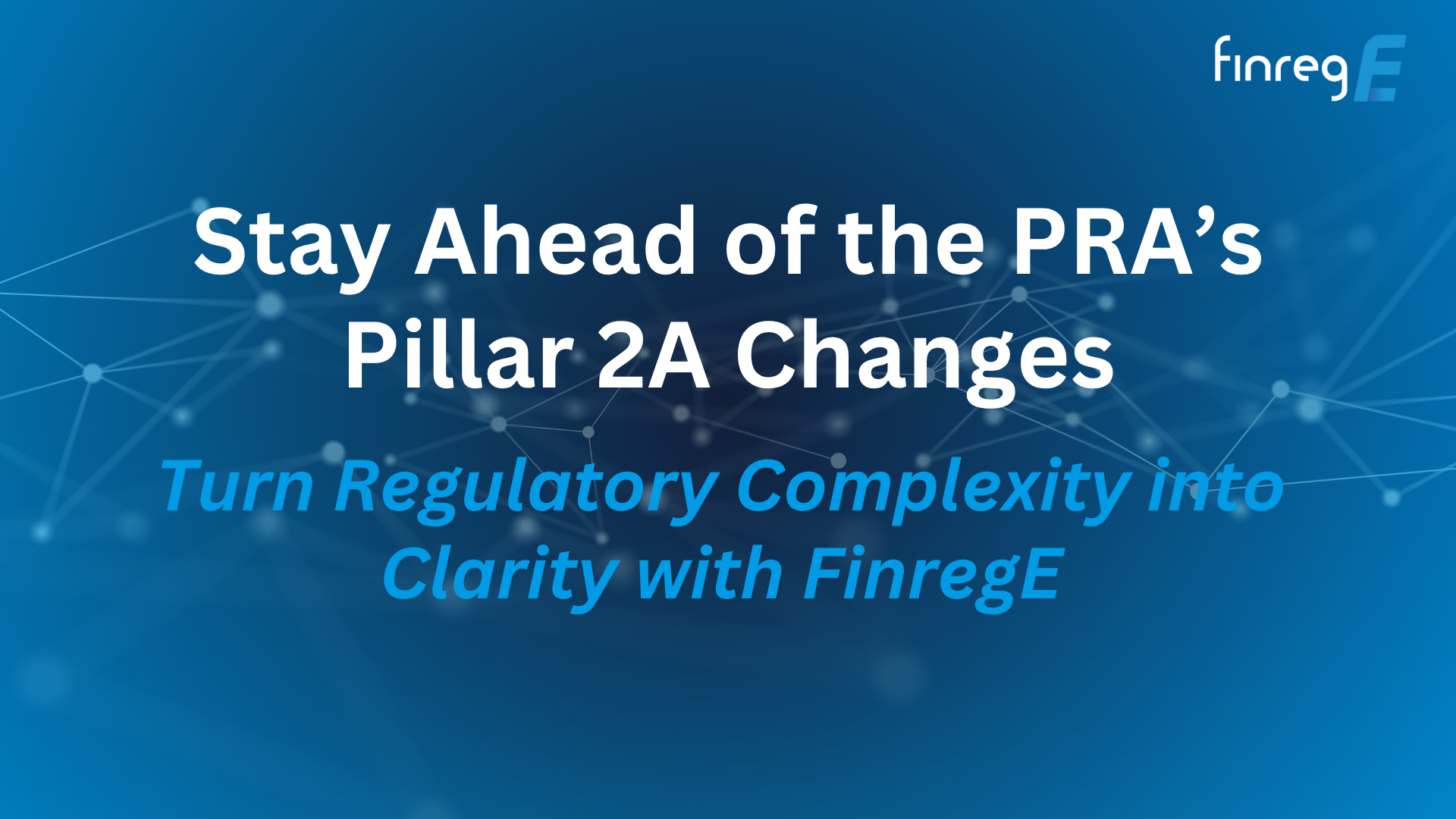“Buy Now Pay Later” (BNPL) models, where consumers can obtain a short-term financing option to make purchases and pay for them through monthly repayment schemes, have grown significantly in the past few years. Over one in five UK consumers now use this method to pay for goods and services.
While FinTech firms, such as Klarna and Clearpay, have benefitted from the popularity of BNPL, traditional financial institutions are also looking to make their own offerings.
However, BNPL is a largely unregulated payment scheme, which has placed customers in dire financial straits. To curb these problems, regulators are implementing a series of regulatory obligations that could affect how financial institutions implement their own schemes in the future.
Knowing what regulators are planning can help institutions maximise value from this new payment model while avoiding compliance fines.
What type of regulatory obligations could shape BNPL?
Analysts have brought up several concerns regarding BNPL schemes, such as the lack of transparency and inconsistent rulings from FinTech providers as major sticking points that make BNPL risky for some consumers. Hence, regulators will implement measures that address these concerns. Here are some of such measures.
Establish industry-wide rules for a more consistent experience
In a consultation paper, the UK government highlighted inconsistent repayment policies as a problem for customers, for BNPL firms have taken remarkably different approaches to repayment policies. While some firms have chosen to be lenient in their terms and conditions, others have taken a stricter approach by implementing penalties that affect credit scores and even involve debt collectors.
As such, customers have remarkably different experiences depending on the firm they work with, creating the perception that BNPL is volatile and inconsistent.
To address this problem, regulators may extend certain sections of the Consumer Credit Act (CCA) to BNPL models. Under sections 76, 86b, 86e, 87 88, and 89 of the Act, lenders will have extra obligations for customers experiencing financial difficulties. This will provide a safety net for customers but also expand legal obligations to financial institutions.
Convey terms and conditions to customers
Citizens advocate groups have expressed concern that consumers could get into debt using BPL schemes. With these models integrated into mainstream digital payment platforms like PayPal, consumers can find themselves entering an agreement to pay on credit at the click of a button. Furthermore, as consumers turn to online shopping for their daily needs, they could enter multiple agreements and accumulate debt without realising it.
The problem is further compounded by a lack of transparency where consumers may not even realise the terms of their purchase agreement, leading to shocks upon finding debt collectors knocking on their door or if their credit rating has been affected.
Hence, regulators will require organisations to be more transparent with their customers. Regulatory obligations include greater transparency in the buying process, such as sending pre-contractual information and informing customers of what could happen if they default on payments.
Greater transparency in the buying process
Regulators will require organisations to be more transparent with their customers. While BNPL schemes have been built on their accessibility and convenience, regulatory rulings may require organisations to implement additional steps and credit checks to reduce the risk posed to consumers.
Implementing additional controls to the purchasing process would dissuade customers from entering into schemes without considering the long-term consequences of the contract, reducing the risk of defaulting on payments. It would also discourage consumers from taking on more point-of-sale loans than they cannot afford.
Furthermore, organisations will need to take on additional responsibilities to ensure that consumers can afford the scheme, such as a credit check to assess a buyer’s ability to meet monthly payments. While this step could add friction to what was once considered a seamless process, it can better protect customers and discourage impulsive choices.
What is the future of BNPL?
With regulators eyeing BNPL, the scheme is fast maturing from a new alternative payment model into a program to be offered alongside long-established credit programs.
While BNPL will enjoy tremendous growth in the future; payments are expected to grow by a CAGR of 24.5% over the next six years, financial institutions offering the scheme should know that the method for rolling out these plans will change due to additional regulatory obligations.
Regulators will add additional steps and checks to the process, forcing institutions to trade the speed and convenience that has characterised the scheme for a safer environment for customers, forcing organisations to reconsider how they deploy this program along with the value they generate from it.
Adjustments to BNPL could lead to significant regulatory updates in the future, meaning that financial institutions will need a solution to help them keep up with the latest regulatory adjustments in the future. A reg tracker solution is ideal for keeping up updates because it could obtain any regulatory amendments and relay them directly to your regulatory team, streamlining compliance and informing institutions on the best way to formulate BNPL plans in the future.





